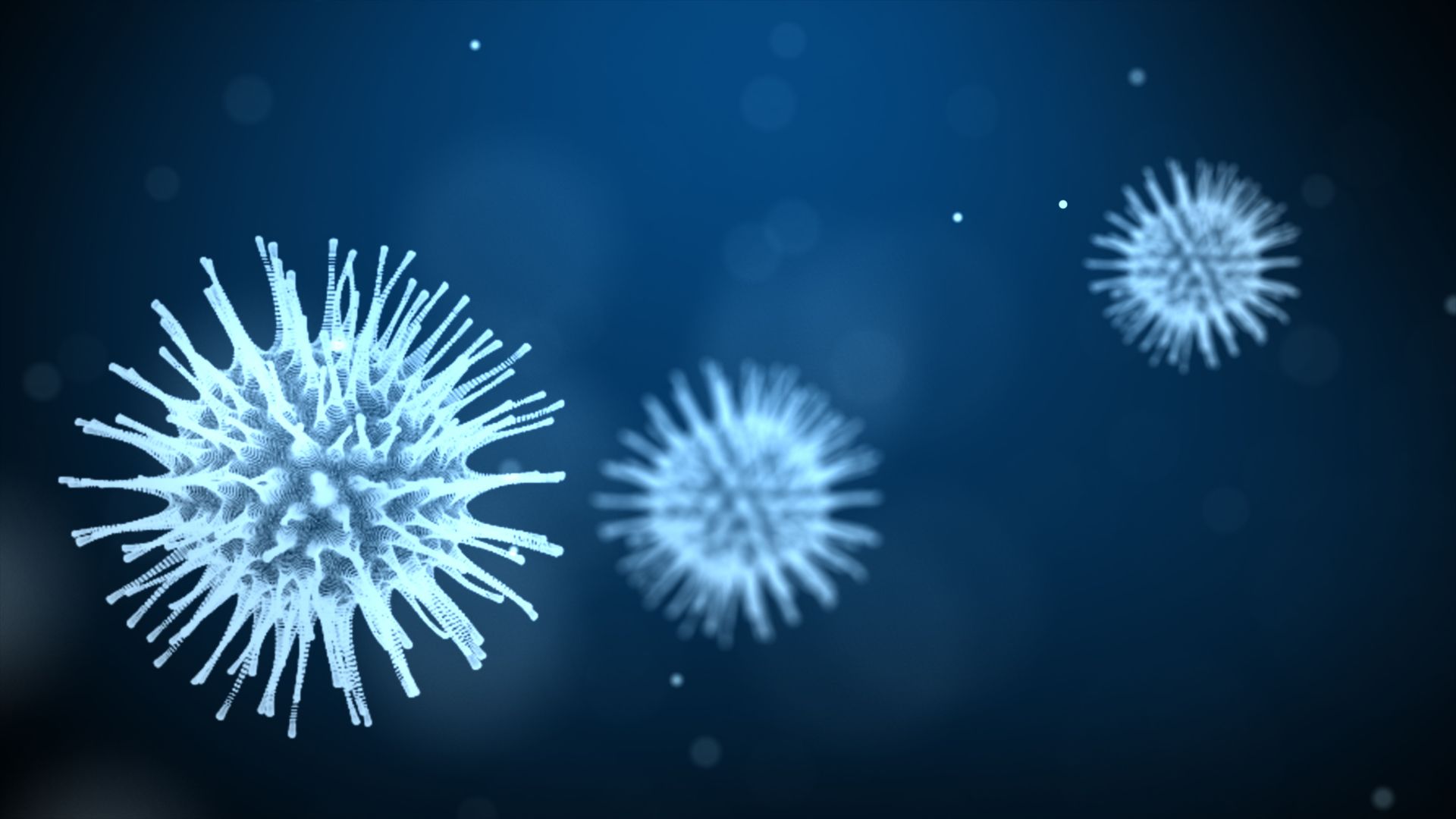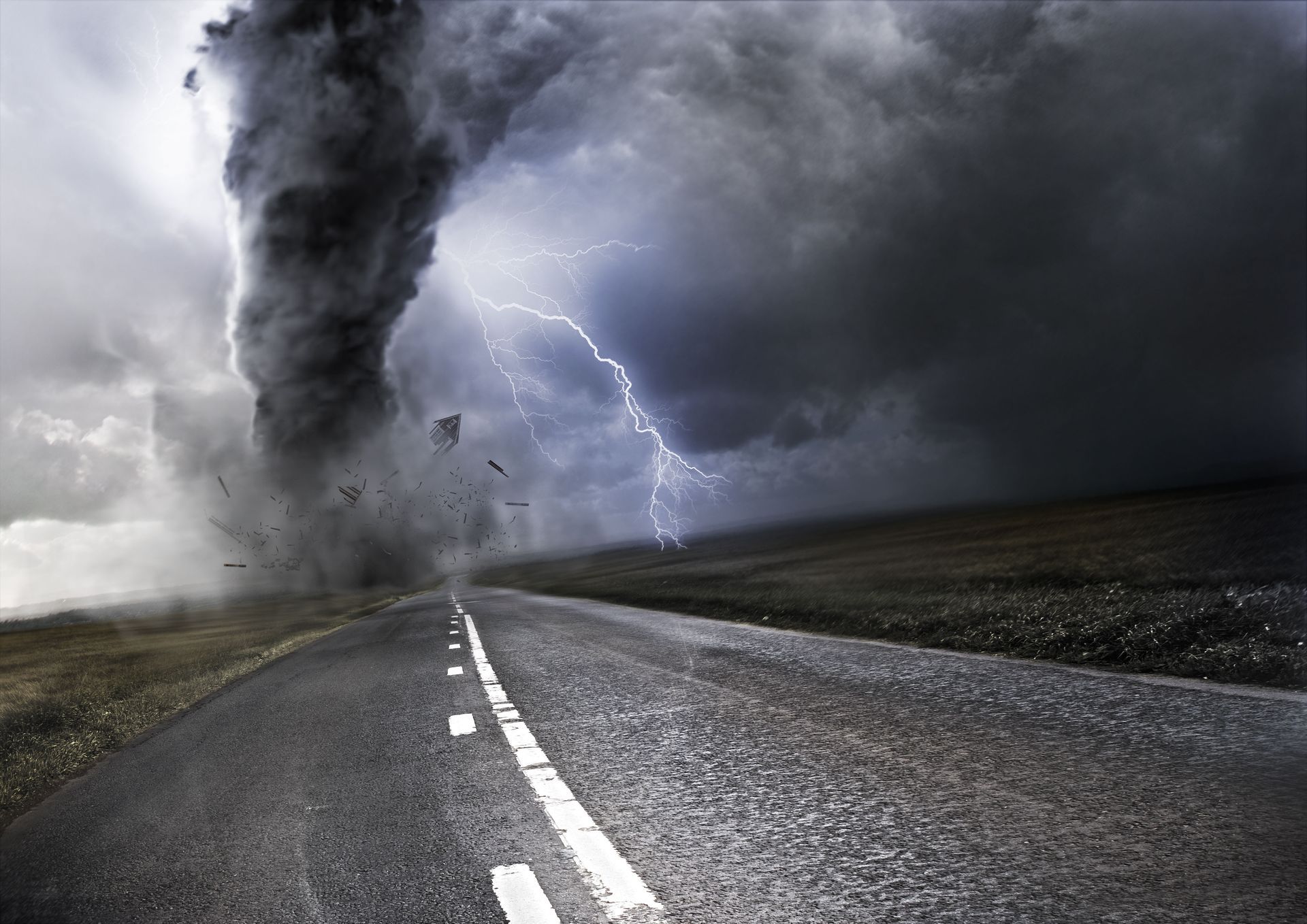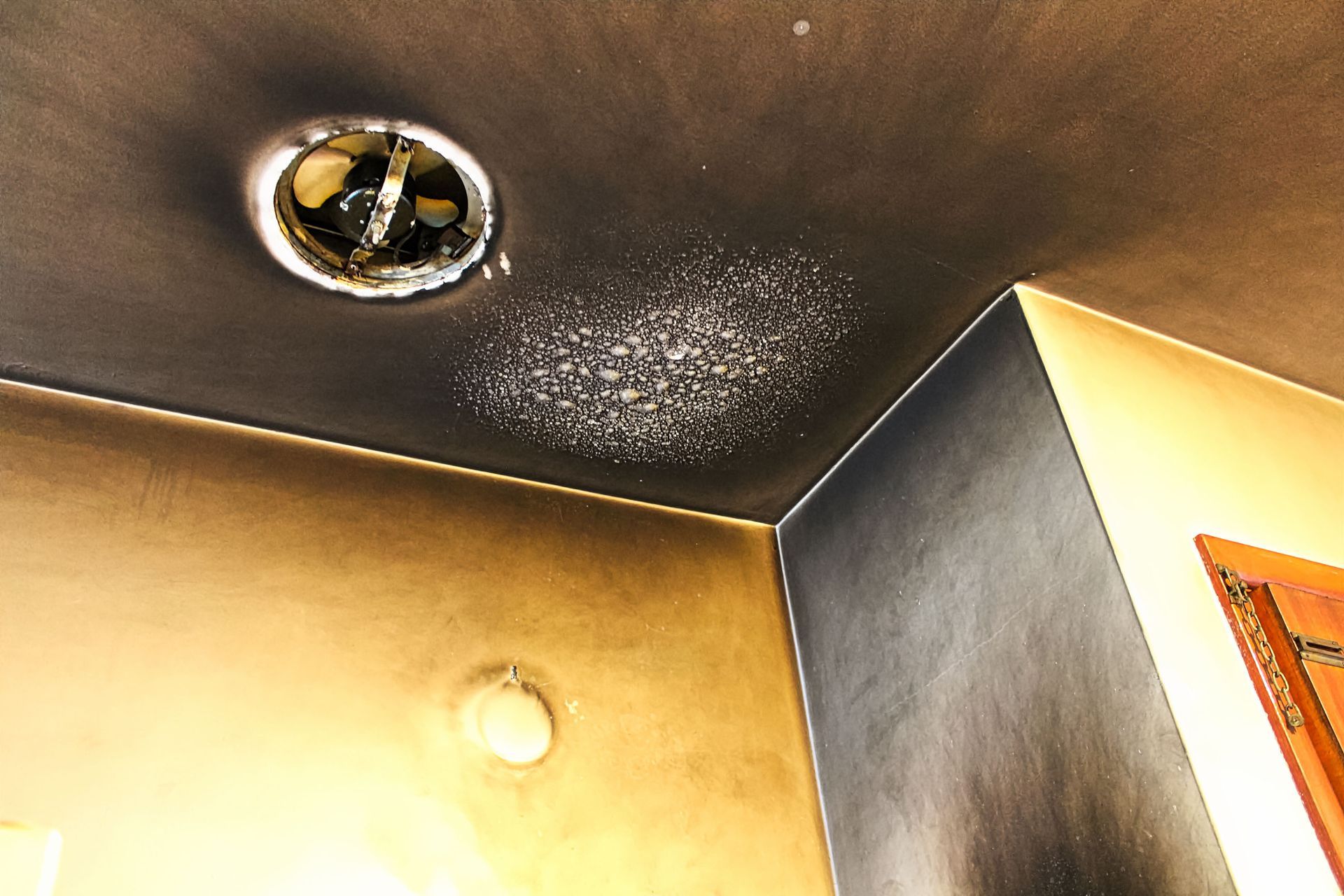August 7, 2025
Traditionally, hydroxyl treatment has been used during the restoration process to treat odors caused by fire, smoke, mold, and water damage. During the COVID-19 pandemic, however, restoration professionals have found a new purpose for it—to combat the coronavirus as it makes its way into our homes and businesses. Don’t just rely on hand sanitizer or clorox wipes (if you’re able to find them) to get rid of the virus. Instead, invest in a treatment that can reach where your store-bought cleaning products can’t. Keep reading to learn what exactly is hydroxyl treatment and how it will make your workplace safer.
What is Hydroxyl?
According to the Merriam-Webster Dictionary, hydroxyl is “the chemical group, ion, or radical OH that consists of one atom of hydrogen and one of oxygen and is neutral or negatively charged.” Hydroxyl molecules form when the sun’s ultraviolet (UV) rays come into contact with and react to water vapor. These molecules only live for a mere few seconds. Yet, that is enough time to decompose the harmful compounds in the atmosphere. As the molecules decompose, a chain reaction occurs that attacks the molecular structure of polluting compounds and completely destroys them.
How Does Hydroxyl Treatment Work?
Hydroxyl treatment is performed with the use of a special generator that is designed to produce synthetic ultraviolet rays within its chamber. The UV rays combine with humidity, which then creates hydroxyl. Contaminated air is pulled into the generator through a fan. It is then purified and let back out into the room. This happens continuously as the purified air continues to spread and penetrate every surface.
How Will Hydroxyl Treatment Combat COVID-19?
Treats Airborne Viruses
The hydroxyl generator treats the air circulating through the chamber of the machine. It exposes the air to massive quantities of hydroxyl radicals. This is the fastest and most effective way of treating pathogens and volatile organic compounds (VOCs) in the air. Because of its impact on airborne pathogens, it can be used to treat coronaviruses, influenza, norovirus, e-Coli, and MRSA.
Treats Surfaces
The generator produces and distributes hydroxyl, oxy, and peroxy radicals by implementing forced air movement. During this process, molecules exit the unit and move around the room. Then, they come into contact with and alter the natural qualities of aerosolized pathogens—even those that have settled on surfaces. The hydroxyl radicals can also get adsorbed in porous materials (items like carpet, curtains, and clothing).
Does Hydroxyl Treatment Really Work Against the Coronavirus?
Due to the fact that coronavirus is relevantly new, there hasn’t been enough testing done on the virus itself and hydroxyl treatment. However, there was a test conducted in 2014 by Aerosol Research & Engineering Laboratories on the “MS2” virus which is considered to be an ideal surrogate to the COVID-19 virus. Both are positive-sense, single-stranded RNA viruses, which is why the comparison is extremely important when considering this type of treatment. Against the MS2, hydroxyl treatment resulted in a 99.99% kill rate within a timeframe of two hours.
Protect Your Company & Call Rapid Restoration
At Rapid Restoration, we care about our employees and our customers. We can only imagine that your company cares the same for your employees and clientele. Right now, it’s extremely important that we all work together to lower the risk of COVID-19. Call us at (612) 239-7411 to learn about our hydroxyl treatment and COVID-19 sanitization services. We’re here to help you keep your company safe!




